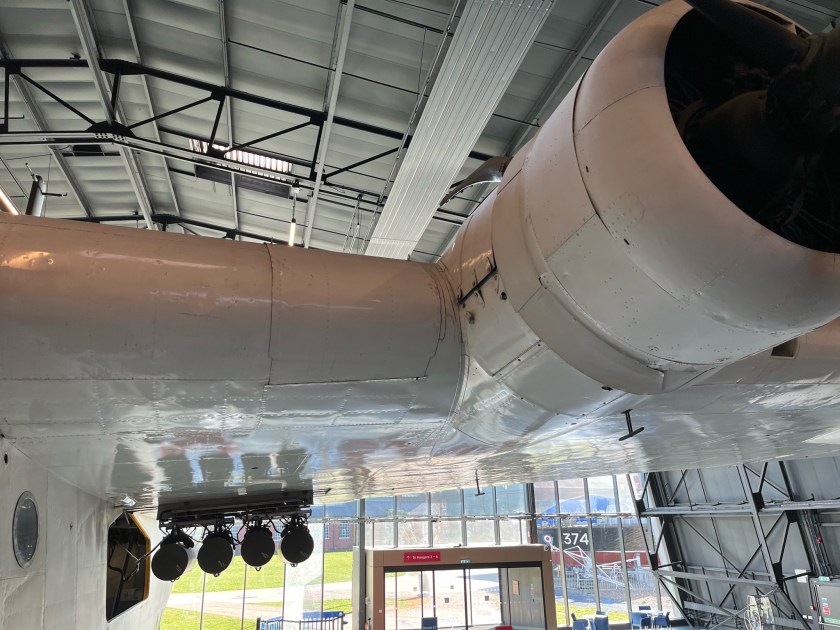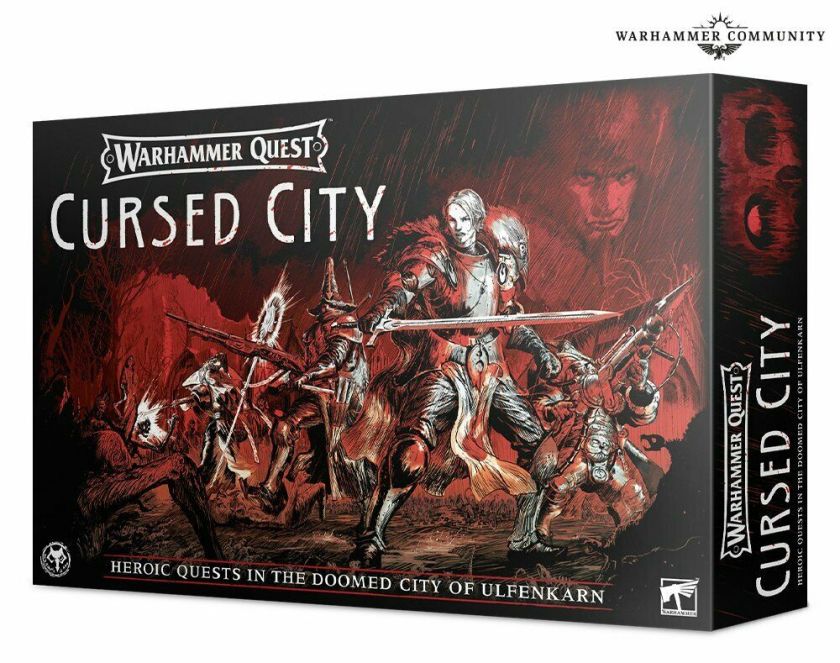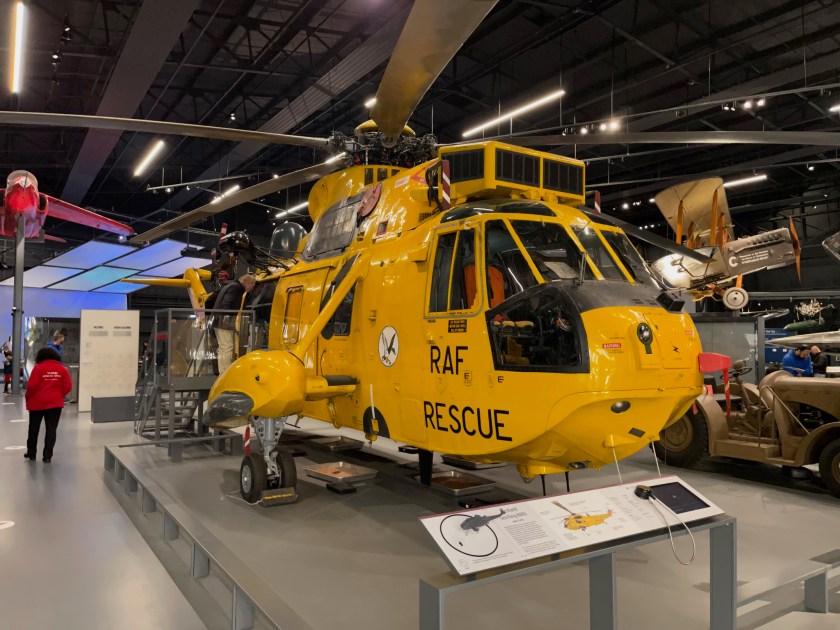In the most recent copy of Wargames Illustrated the advert for figures for The Silver Bayonet caught my eye, specifically the goblins.
The term goblin is loosely applied to a large group of wingless, ‘trickster’ fairies, and each nation has their own varieties and terms. While these creatures are small, and physically weak, they are also tough, hard-to-kill, and capable of huge amounts of mischief. One of the worst features of goblins is that their existence seems completely at-odds with technology, and their mere presence causes technology to fail. This, unfortunately, includes firearms.
These figures remind me of the goblins from Harry Potter, I think they could be used as proxies for them as well.
The Silver Bayonet is a gothic horror Napoleonic era game.
As the wars of Napoleon ravage Europe, chaos and fear reign and the darkness that once clung to the shadows has been emboldened. Supernatural creatures – vampires, werewolves, ghouls, and worse take advantage of the havoc, striking out at isolated farms, villages, and even military units. Whether they are pursuing some master plan or simply revelling in their newfound freedom is unknown. Most people dismiss reports of these slaughters as the rantings of madmen or the lies of deserters, but a few know better…
I like the cover of the rules, very nicely done.
The Silver Bayonet is a skirmish wargame of gothic horror set during the Napoleonic Wars. Each player forms an elite band of monster hunters drawn from the ranks of one of the great powers. Riflemen, swordsmen, and engineers fight side-by-side with mystics, occultists, and even those few supernatural creatures that can be controlled or reasoned with enough to make common cause. The game can be played solo, co-operatively, or competitively, with players progressing through a series of interlinked adventures with their soldiers gaining experience and suffering grievous wounds, and their units triumphing… or falling in the face of the shadows. It is a game of action and adventure, where musket and sabre meet tooth and claw.
I always liked Flintloque, which was a fantasy Napoleonic game, so can see why this appeals to me as well. Might see if I can get a copy of The Silver Bayonet rules.
I have a few unpainted human Napoleonic figures, so thinking that this might make for a good scenario for a few games.

















